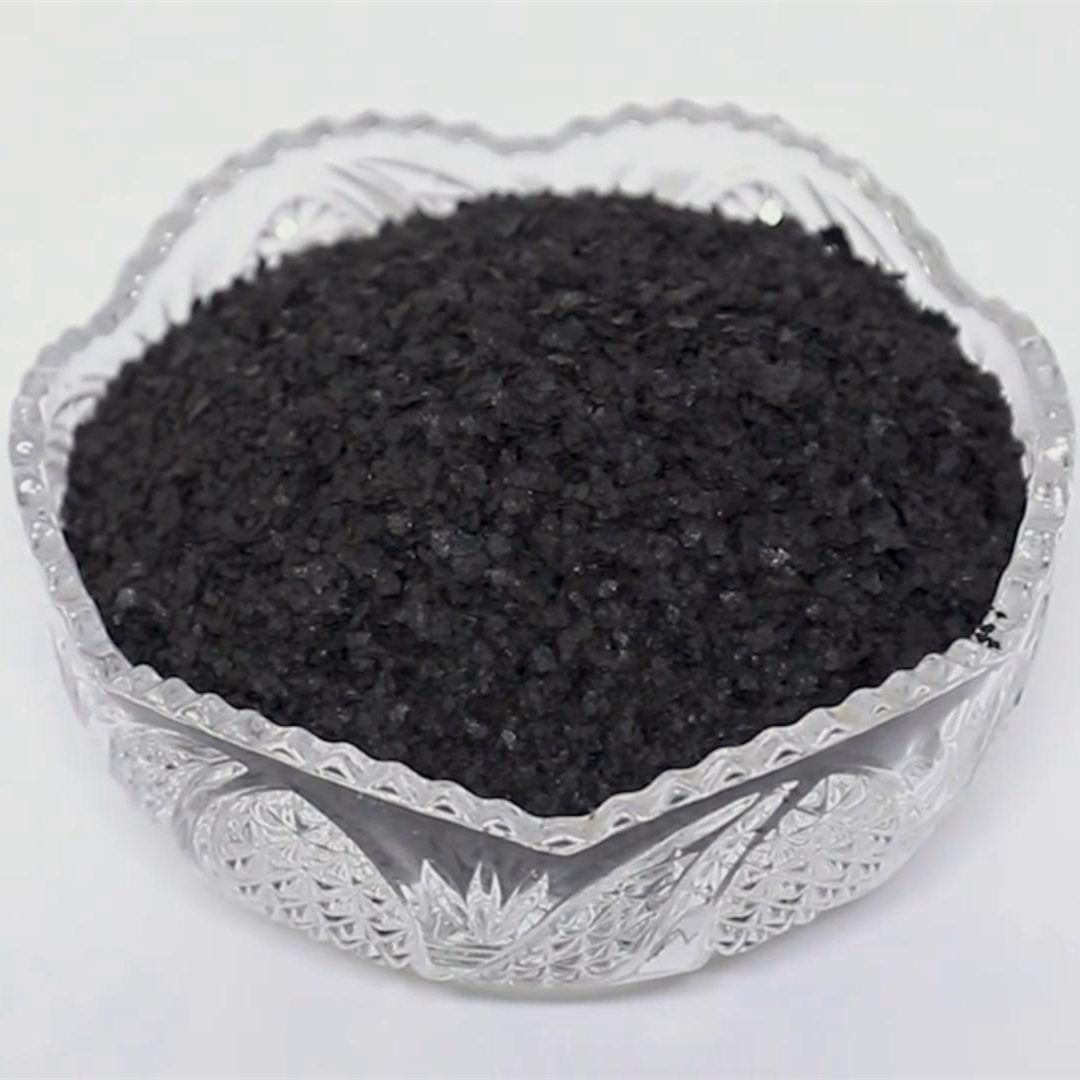
Nov . 21, 2024 13:16 Back to list
21-4-8 fertilizer
Understanding 21-4-8 Fertilizer A Guide for Gardeners
Fertilizers play a crucial role in plant growth, providing essential nutrients that support various functions such as growth, reproduction, and overall health. One popular type of fertilizer is the 21-4-8 formula, which offers a balanced mix of macronutrients ideal for various plants, particularly in the context of gardening and agricultural practices. In this article, we'll delve into what 21-4-8 fertilizer is, its components, and how to effectively use it for optimal plant growth.
What Does 21-4-8 Mean?
The numbers in 21-4-8 represent the three primary macronutrients found in the fertilizer nitrogen (N), phosphorus (P), and potassium (K). The first number, 21, indicates that the fertilizer contains 21% nitrogen, an essential element for leafy growth and overall plant vigor. The second number, 4, represents 4% phosphorus, which is crucial for root development and flower/fruit production. Finally, the last number, 8, signifies that the fertilizer contains 8% potassium, which aids in water regulation, disease resistance, and overall plant hardiness.
Benefits of 21-4-8 Fertilizer
1. Promotes Healthy Growth The high nitrogen content in 21-4-8 fertilizer is particularly beneficial for plants during their vegetative stages. It encourages lush, green foliage, which is vital for photosynthesis—the process that allows plants to convert sunlight into energy.
2. Strong Root Development While nitrogen fosters above-ground growth, phosphorus supports root development. This is particularly important for young plants, as a robust root system helps them absorb water and nutrients more efficiently.
3. Enhanced Yield The balanced ratio of nutrients in 21-4-8 fertilizer makes it suitable for fruiting and flowering plants. The phosphorus content aids in blooming, while potassium supports fruit quality and yields, making it an excellent choice for gardeners looking to maximize their harvest.
4. Versatile Application This fertilizer can be used in various gardening contexts, including vegetable gardens, flower beds, and even lawn care. Its balanced nutrient composition ensures that it caters to different plant needs throughout their growth cycles.
21-4-8 fertilizer

How to Use 21-4-8 Fertilizer
Using 21-4-8 fertilizer effectively involves understanding the specific needs of your plants as well as the best application methods
1. Soil Testing Before applying any fertilizer, consider testing your soil. This will provide insights into nutrient levels and help determine whether additional amendments are necessary.
2. Timing Apply 21-4-8 fertilizer during the growing season when plants are actively developing. For many gardeners, this will be in the spring and early summer.
3. Application Methods Fertilizer can be applied in several ways—broadcasting over the soil, incorporating it into planting holes, or using it as a side dressing for established plants. Ensure even distribution to avoid nutrient burn, which can damage plants.
4. Watering After application, water the area well to help the fertilizer dissolve and reach the roots. This also helps prevent potential burn from concentrated fertilizer granules.
Conclusion
21-4-8 fertilizer is a powerful tool for gardeners seeking to enhance plant growth and yield. By understanding its components and benefits, gardeners can make informed decisions about when and how to apply this fertilizer. Whether you're nurturing a vegetable garden, flowering plants, or maintaining a lush lawn, this versatile fertilizer can significantly contribute to your gardening success. As always, remember that responsible fertilization, including soil testing and careful application, is essential to achieve the best results while preserving environmental health.
-
Premium Organic Manure Compost for Eco Gardens
NewsAug.01,2025
-
Organic 10-10-10 Fertilizer | Balanced Plant Nutrients
NewsJul.31,2025
-
Premium Amino Acid Fertilizer | Rapid Plant Growth Booster
NewsJul.31,2025
-
10 10 10 Fertilizer Organic—Balanced NPK for All Plants
NewsJul.30,2025
-
Premium 10 10 10 Fertilizer Organic for Balanced Plant Growth
NewsJul.29,2025
-
Premium 10 10 10 Fertilizer Organic for Balanced Plant Growth
NewsJul.29,2025
